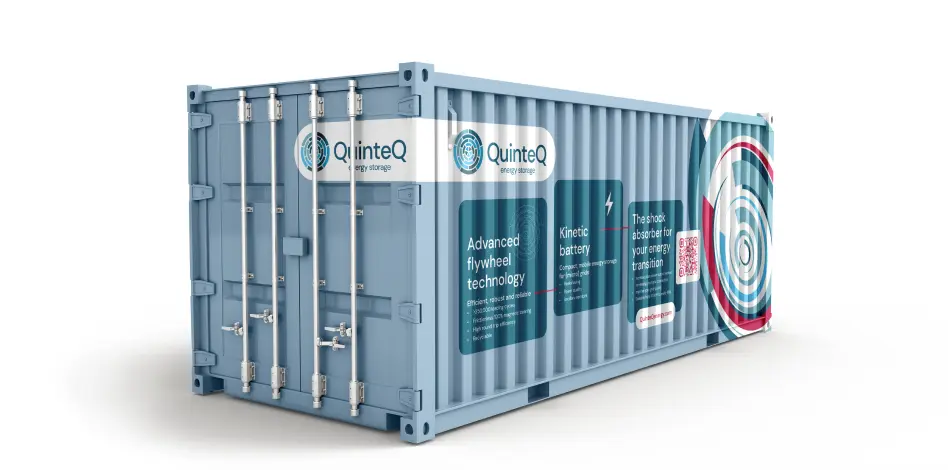The challenges of zero emission construction sites.
Grid congestion in urban areas is a growing concern for construction companies as the demand for electricity continues to increase. As it becomes more problematic to get a large grid connection, construction companies find themselves in a squeeze to meet their power needs, causing project delays or failure to adhere to sustainability goals.
Due to the limitations of the use of fossil fuel powered gensets in urban areas, the demand for electricity continues to increase and the limited capacity of the distribution network in densely populated areas will become an even bigger constraint. Not acting upon this means project delays and added costs, causing projects to fail to complete on time.
Construction companies that do take action to tackle this problem will be better equipped to meet the challenges of grid congestion. These companies will look into opportunities to do ‘more with less’, by finding alternative solutions for temporary power and exploring ways to increase energy efficiency.
QuinteQ Energy can play a role in providing this energy flexibility by addressing grid congestion and helping construction companies to do more with less.
Fitting tower cranes in small grid connections with flywheels

QuinteQ’s flywheel energy storage system offers an efficient solution to grid congestion. The flywheel can be used to smooth out high power peaks, known as peak shaving, allowing construction sites to run on smaller grid connections.
Although several chemical batteries are entering this market, we strongly believe that construction sites with large tower cranes need a solution with a fast response, endless cycles and no extra fire hazard. The intensive interval of heavy power peaks caused by tower cranes puts severe stress on chemical cells (such as lithium-ion), causing their life-time to significantly decrease. In contrast, our mechanical battery can deliver near endless power peaks.
Our containerized flywheel solution is built to last (>15 years operation possible) and requires almost no maintenance, making it an attractive solution for operational lease. Not only that, but our machines are fully recyclable. Combining this design aspect with the fact that no harmful materials are used, we know that our flywheel offers the most sustainable solution on the market.
Don’t let grid congestion hold you back, take control with QuinteQ’s flywheel energy storage system.

-
Cycle life
1.000 to 10.000 Cycles
-
Effect of frequent deep discharges caused by high power peaks
Deterioration Less cycles and shortened cycle life
-
Product life
5.5 years average
-
Safety
Requires special handling and fire hazard mitigation actions
-
Sustainability
Rarely recycled. Ends up as waste. Depends on rare earth minerals
Li-ion battery
-
Cycle life
+350.000 Cycles
-
Effect of frequent deep discharges caused by high power peaks
No effect
-
Product life
+15 years
-
Safety
No safety mitigation actions required
-
Sustainability
Fully recyclable. No rare-earth materials. European supply chain.
flywheel
Li-ion battery
QuinteQ’s flywheel
Cycle life
1.000 to 10.000 Cycles
+350.000 Cycles
Product life
5.5 years average
+15 years
Effect of frequent deep discharges caused by high power peaks
Deterioration. Less cycles and shortened cycle life
No effect
Safety
Requires special handling and fire hazard mitigation actions
No safety mitigation actions required
Sustainability
Rarely recycled. Ends up as waste. Depends on rare earth minerals
Fully recyclable. No rare-earth materials. European supply chain.
